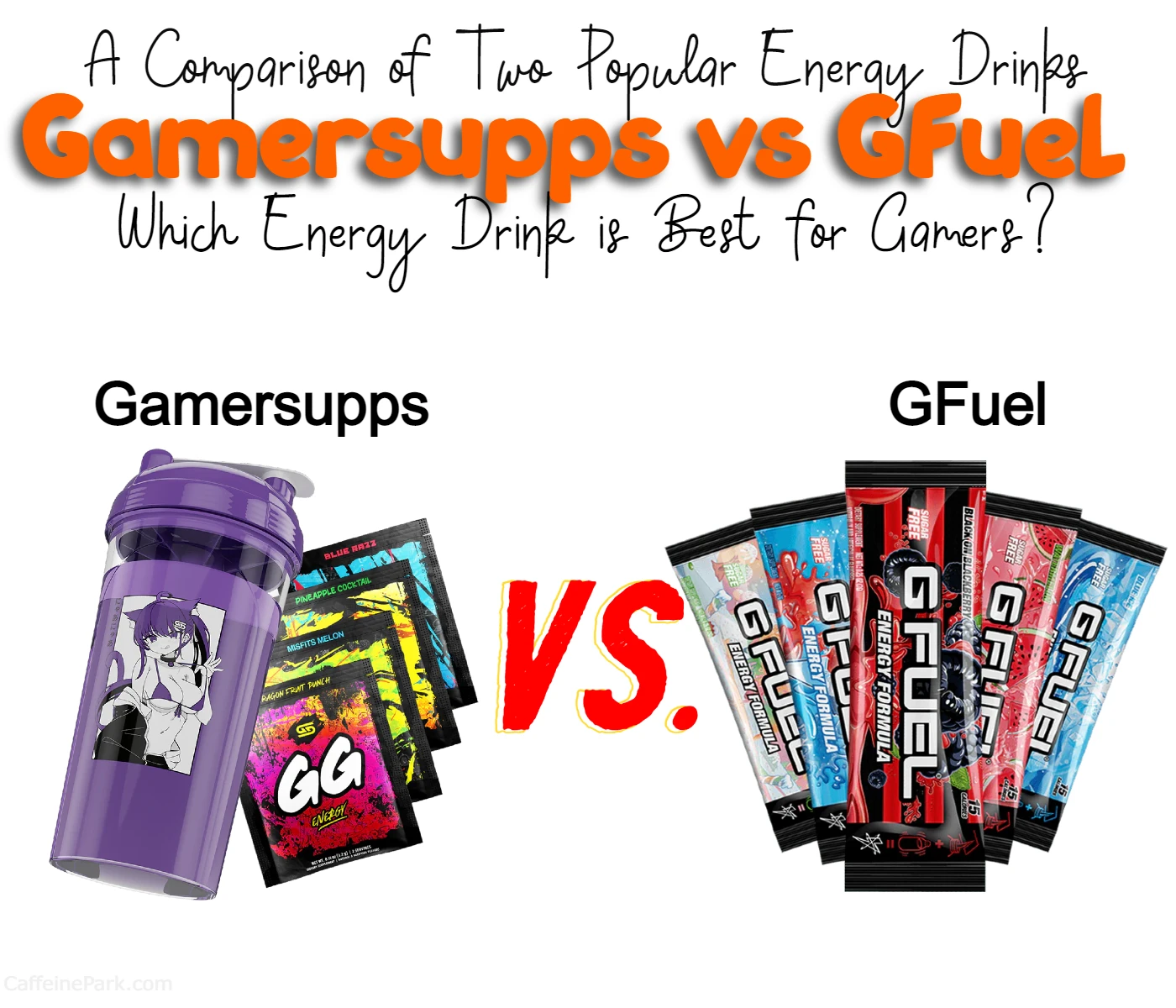White Chocolate vs Milk Chocolate

Hey there, fellow chocolate enthusiasts! Are you a fan of milk chocolate or white chocolate? Maybe you love them both equally, or maybe you have a clear favorite. Whatever your preference, have you ever wondered about the differences between these two types of chocolate? Well, wonder no more, because, in this blog post, we’re going to explore the difference between milk chocolate and white chocolate.
We’ll take a look at the ingredients that make up each type of chocolate, their taste and flavor profiles, as well as their uses in cooking and baking. We’ll also discuss the potential health benefits and nutritional value of each type of chocolate. By the end of this post, you’ll have a better understanding of the differences between milk chocolate and white chocolate, and maybe even a new appreciation for both!
So, if you’re ready to learn more about these sweet treats, grab a bar of your favorite chocolate (milk or white, of course), and settle in for a delicious read. And be sure to read to the end of the post for some fun facts and surprising trivia about these two types of chocolate. Trust us, you won’t want to miss it!
Here’s a quick comparison chart of the main differences between milk chocolate and white chocolate:
| Milk Chocolate | White Chocolate | |
|---|---|---|
| Composition | Cocoa solids, milk powder, sugar | Cocoa butter, sugar, milk solids |
| Flavor profile | Rich, creamy, slightly sweet | Mild, sweet, silky |
| Common uses | Baked goods, chocolate bars, chocolate-based desserts | Decorative element, melted and drizzled over desserts |
| Nutritional value | Contains flavonoids that may reduce the risk of heart disease, but are also higher in sugar and calories | Lower in sugar and calories, but doesn’t contain any flavonoids |
| Considered chocolate | Yes | Some argue that it shouldn’t be considered chocolate due to the lack of cocoa solids |
Difference between Milk Chocolate and White Chocolate
Composition and Ingredients
The main difference between milk chocolate and white chocolate is the ingredients used to make them. Milk chocolate contains cocoa solids, milk powder or condensed milk, and sugar. It must also contain at least 12% milk solids and 10% cocoa solids by weight. The milk solids give milk chocolate its creamy texture and sweet flavor.
On the other hand, white chocolate is made from cocoa butter, sugar, and milk solids. It doesn’t contain any cocoa solids, which means that it’s technically not chocolate. Some white chocolate varieties also contain vanilla or other flavorings. Because it’s made with cocoa butter, white chocolate has a smooth and silky texture.
Caffeine Content
Unfortunately, both milk chocolate and white chocolate don’t contain significant amounts of caffeine. The caffeine in chocolate comes from the cocoa solids, which are present in dark chocolate but not in milk chocolate or white chocolate. While milk chocolate and white chocolate do contain small amounts of theobromine, a compound related to caffeine, it’s not enough to have a noticeable effect on energy levels or alertness. So, if you’re looking for a pick-me-up, you might want to reach for a cup of coffee or tea instead of chocolate.
Taste and Flavor
Milk chocolate and white chocolate have distinctly different tastes and flavors. Milk chocolate has a rich, creamy, and slightly sweet flavor that’s familiar to most people. It’s the type of chocolate that’s commonly used in candy bars, chocolate chips, and other chocolate-based treats.
White chocolate, on the other hand, has a milder and sweeter flavor than milk chocolate. It doesn’t have the same richness or depth of flavor as milk chocolate, but it has a unique taste that’s hard to describe. Some people describe it as being “vanilla-like” or “caramel-like,” while others say that it has a “buttery” taste.
Uses in Cooking and Baking
Milk chocolate and white chocolate are used in different ways when it comes to cooking and baking. Milk chocolate is a popular ingredient in cakes, brownies, and other baked goods. It’s also used in chocolate sauces, hot chocolate, and other desserts. Milk chocolate chips are a common ingredient in cookies and other baked treats.
White chocolate, on the other hand, is often used as a decorative element in desserts. It can be melted and drizzled over cakes, cookies, and other baked goods to add a touch of sweetness and elegance. White chocolate chips can also be used in baking, but they’re not as commonly used as milk chocolate chips.
Health Benefits and Nutritional Value
When it comes to health benefits and nutritional value, milk chocolate and white chocolate have some differences. Milk chocolate contains antioxidants called flavonoids, which have been shown to have potential health benefits such as reducing the risk of heart disease. However, milk chocolate also contains more sugar and calories than white chocolate, which can lead to weight gain and other health problems if consumed in excess.
White chocolate, on the other hand, doesn’t contain any flavonoids because it doesn’t contain cocoa solids. It also tends to be lower in calories and sugar than milk chocolate, although it still contains a significant amount of fat. However, white chocolate is not a significant source of any vitamins or minerals.
Milk chocolate vs Chocolate milk
Milk chocolate and chocolate milk are two different products, despite their similar-sounding names. Milk chocolate is a type of chocolate that’s made with cocoa solids, milk powder, and sugar. It has a creamy, sweet flavor and is commonly used in candy bars, baked goods, and chocolate-based desserts. On the other hand, chocolate milk is a beverage made by mixing milk with chocolate syrup or powder. It has a rich, chocolatey flavor and is often consumed as a sweet treat or a source of quick energy.
While both milk chocolate and chocolate milk contain sugar and dairy, their nutritional profiles are different. Milk chocolate is high in calories, fat, and sugar, and doesn’t offer many health benefits. Chocolate milk, on the other hand, can be a good source of calcium, protein, and other nutrients, depending on the type of milk and chocolate used. Low-fat or fat-free chocolate milk can be a good post-workout beverage, as it can help replenish energy stores and aid in muscle recovery.
Conclusion
In conclusion, milk chocolate and white chocolate have some notable differences in terms of their composition, taste, uses in cooking and baking, and health benefits. Whether you prefer one over the other is a matter of personal taste, but it’s always good to be aware of the differences between these two delicious treats. So, go ahead and indulge in your favorite chocolate, whether it’s milk or white, and enjoy the sweet goodness!
FAQs
The main difference between milk chocolate and white chocolate is their composition. Milk chocolate contains cocoa solids, milk powder, and sugar, while white chocolate contains cocoa butter, sugar, and milk solids.
In terms of nutritional value, white chocolate is lower in calories and sugar than milk chocolate, but it doesn’t contain any flavonoids, which are compounds that have potential health benefits. Milk chocolate, on the other hand, contains flavonoids that may reduce the risk of heart disease, but it also contains more sugar and calories than white chocolate.
Yes, white chocolate can be used in baking and cooking. It’s often used as a decorative element in desserts, melted and drizzled over cakes or cookies.
Milk chocolate is commonly used for making chocolate bars, as it has a rich, creamy, and slightly sweet flavor that many people enjoy.
Chocolate should be stored in a cool, dry place away from sunlight and heat. It’s best to keep it in an airtight container or wrapped in foil to prevent it from absorbing any unwanted odors or flavors.
Read More:





